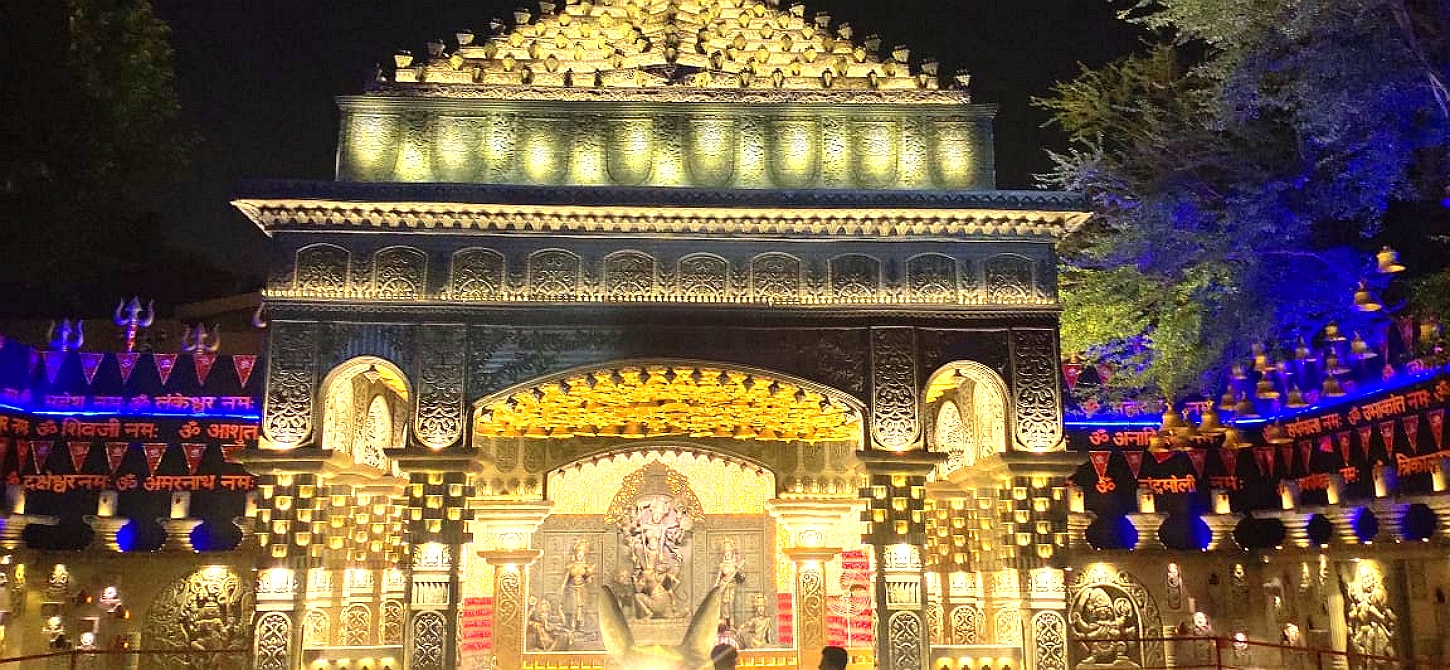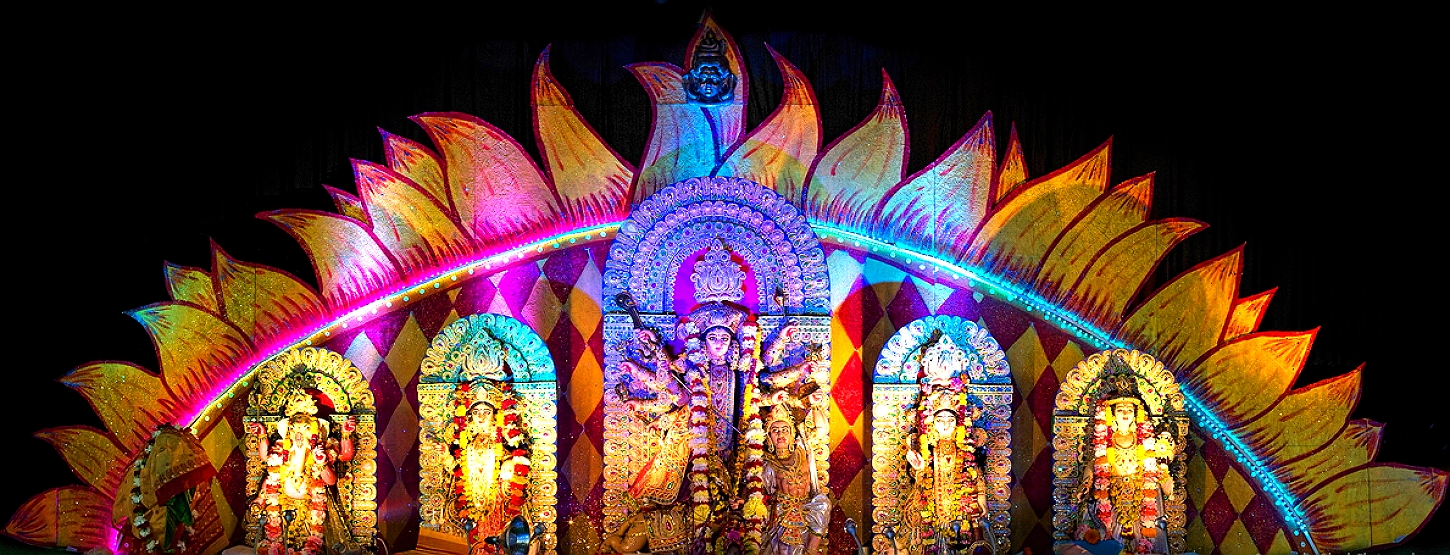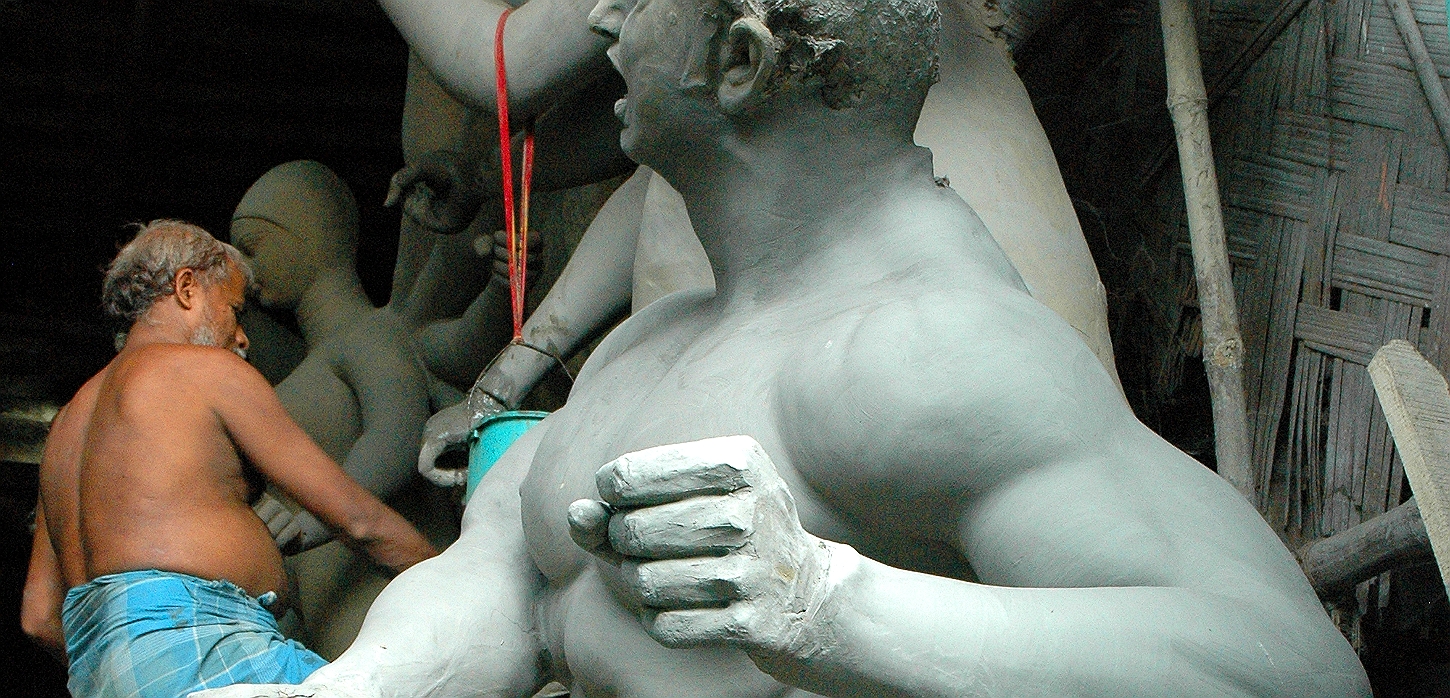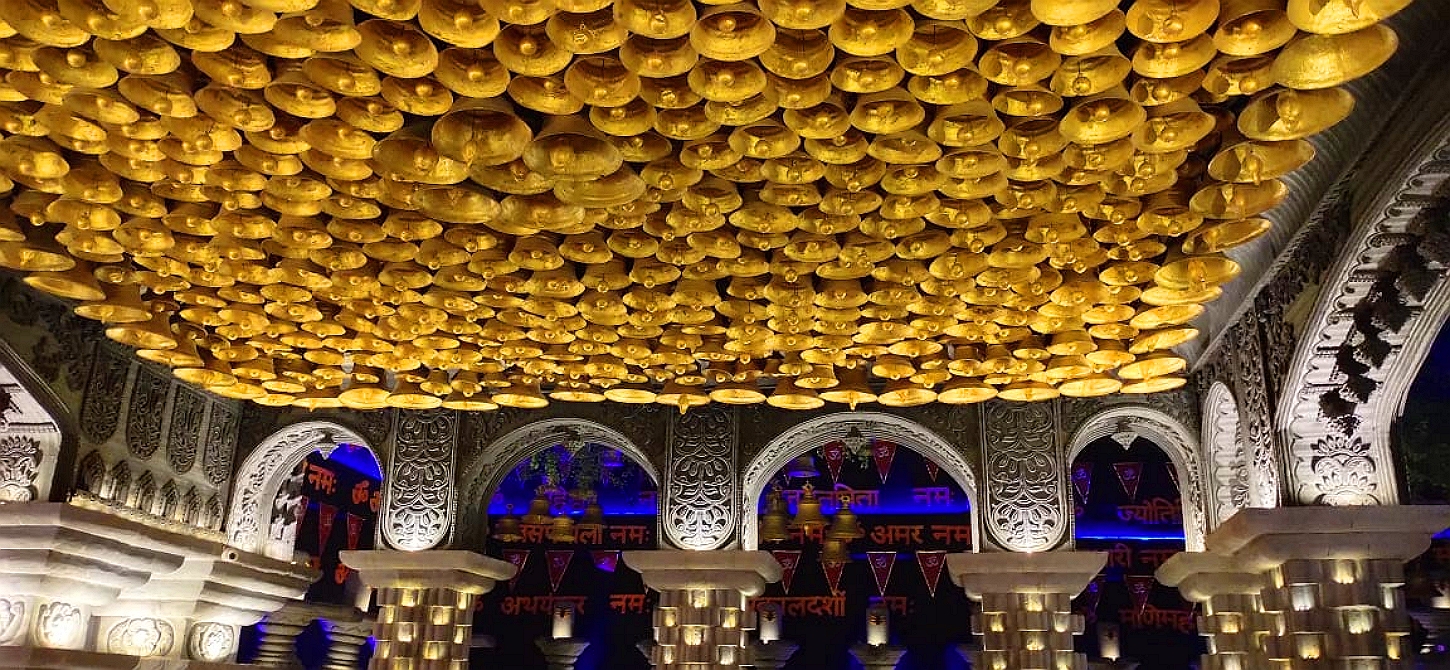
Durga Puja in Kolkata
To be in Calcutta for the Durga Puja festival is an amazing experience and a photographer’s delight. Durga Puja in Kolkata is not merely an expression of faith. It is an expression of social fervor and artistic excellence.
The whole state of West Bengal goes on holiday for almost a week to celebrate the festival. The air reverberates with the sound of beating drums, people take out their best dresses and the mood and atmosphere becomes truly something to be experienced. The city starts the preparation almost 100 days before the puja. One can even feel the happiness in the air and the face of the people.
Spectacular idols are made in Kumartuli, (= potter locality) in northern Calcutta from bamboo, straw and clay and they are displayed/worshiped in private homes and in ‘pandals’ (canopies) that present an artistic and decorative spectacle which turn the festival into the biggest outdoor art festival on earth.
Few years back, Vir Sanghvi, Editor of Hindustan Times, wrote a lovely article titled – “What 'Pujo' means to a Bengali”. I quote two lines from the same “It is nothing like Christmas; and certainly nothing like Diwali in North India. Nothing, in fact, can prepare you for the magic of Puja in Calcutta. To understand what it means, you have to be here.”
Kolkata has many faces but during Durga Puja there is no space for anything else but celebration.
When and duration : This year the festival is scheduled from 1st – 5th October.2022

UNESCO Heritage status for Durga Puja festival of Kolkata:
UNESCO has inscribed Durga Puja in Kolkata on its Representative List of the Intangible Cultural Heritage of Humanity.
India’s apex cultural body, the Sangeet Natak Akademi, had nominated Kolkata’s iconic Durga Puja celebrations to be included in UNESCO’s list of Intangible Cultural Heritage (ICH), stating “Durga Puja is the best instance of the public performance of religion and art in the city. It witnesses a celebration of craftsmanship, cross-cultural transactions and cross-community revelry. Its dynamism lies in it being a constantly mutating event – in its fusion of tradition with changing tastes and popular cultures, and in the adaptation of the iconographies of Durga and the styles of her temporary abodes to cater to new regimes of art production.”.

What is Durga Puja
Durga Puja is a estival of worshipping Goddess Durga the power of a woman, a mother and also a Warrior and destroyer of evil. She is married to God Shiva and lives with Her family of four children in Kailash mountain. She comes to earth, to visit her parents every year in the fall, when post monsoon the air is fresh and the sky is blue after the long period of rains and dark skies.
The Durga puja festival is celebrated as the homecoming of the daughter and ends with her departure to Kailash after 5 days. The last / end day of the festival is thus quite sad and people actually feel the heaviness in their heart, knowing that they have to wait for another year again.

The Godmakers
The workshops of Kumartuli — there are about 450 of them, many of them concentrated around Banamali Sarkar Street — are run by families that have been into idol-making and pottery for generations: Kumartuli means potters' quarter. During the Puja season, they hire extra hands from across Bengal because making the idols of Goddess Durga is a grand affair. Kumartuli is known to create close to 4,000 sets of Durga idols every year, some of which are shipped abroad. All this calls for a lot of work — work that demands intricacy and, very often, creativity.
The idols are made from straw and bamboo. The clay is dug from the holy river Hooghly. The entire creation process, from the collection of clay to the ornamentation, is governed by rites and traditions.
In the hand of the artists the goddess transforms from a crude structure of clay-and-hay to a beautiful, bedecked Bengali bride and reaches the countless pandals of Kolkata.
History and evolution
The festival that honours goddess Durga goes back a long time (possibly the 10th century). While originally was a purely religious event that took place in people’s homes, in the mid-eighteenth century it evolved into a colorful and extravagant festival after a special arrangement was made by a Kolkata aristocrat and businessman Nabakrishna Deb to honour Robert Clive, the victor of the Battle of Plassey (Palashi).
Nabakrishna Deb bought Shovabazar Rajbari, a mansion, in 1757 to hold a special secular pujo for Robert Clive to attend. That 200 year old puja is still organized at the mansion by his descendants every year.

An amazing public Art-Crawl
The entire city is lit up with millions of lights and decorations. Spectacular colorful canopies dot the every locality and drum beats and music reverberates through the day.
During the course of the 5 day event, millions of people from Kolkata and other parts of the state walk the length & breath of the city till the small hours of the morning to enjoy the festivities and view the spectacular and award winning pandals and deities.





